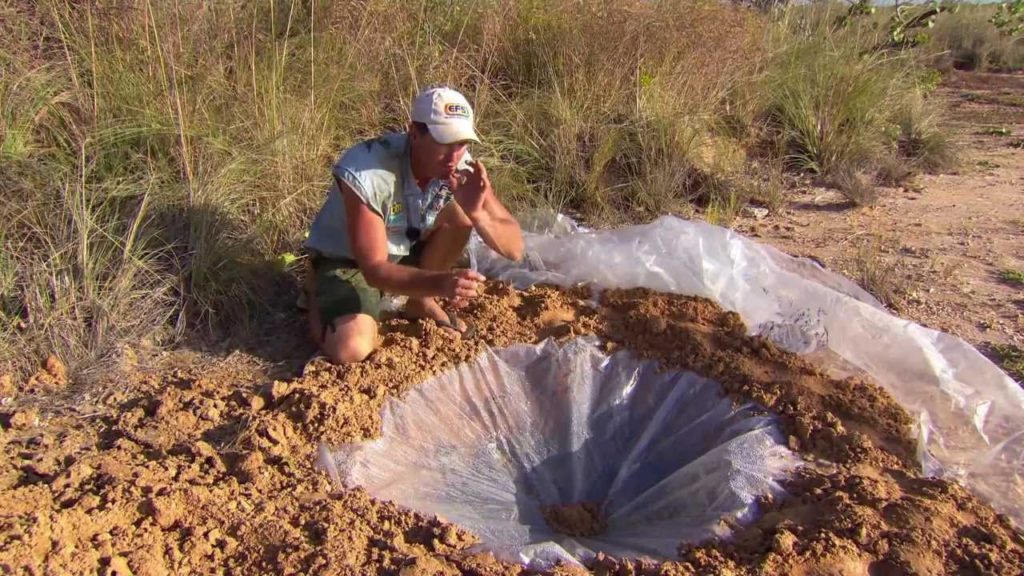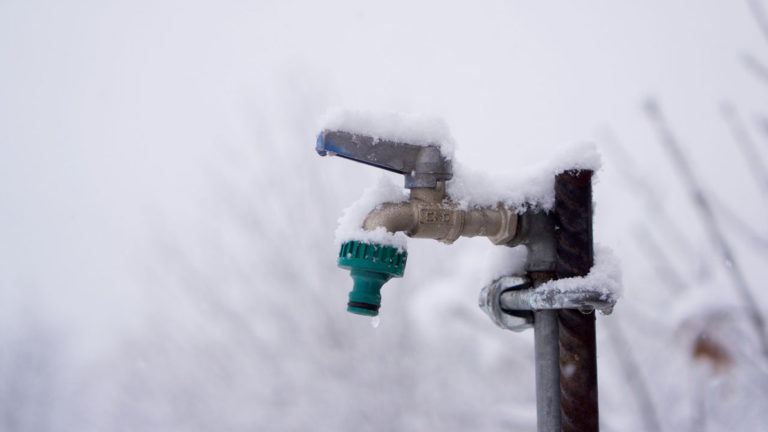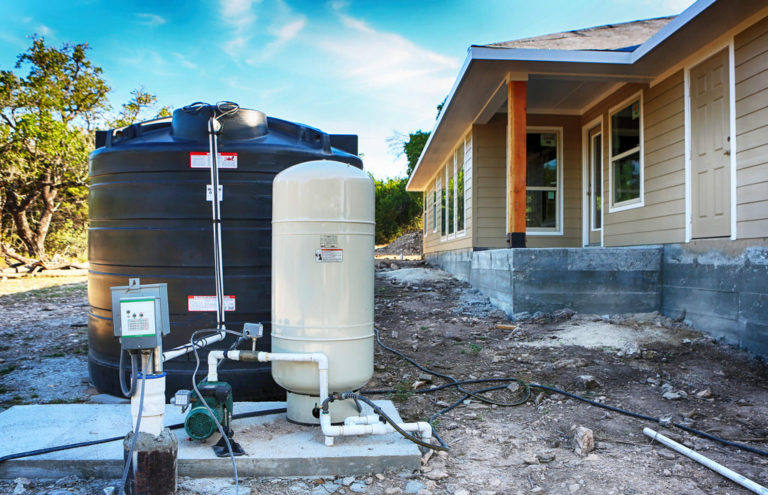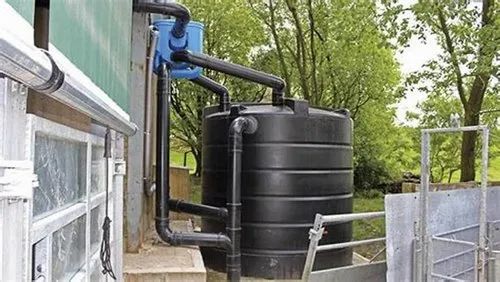Rainwater harvesting is a vital practice that can provide numerous benefits for individuals, communities, and the environment.
By utilizing solar still technology, you can efficiently collect, purify, and store rainwater, greywater, and blackwater for various purposes such as irrigation, toilet flushing, and even drinking water.
This comprehensive guide will provide actionable information on how to design, build, and maintain a sustainable rainwater harvesting system using solar still technology.
You’ll learn about the different types of systems, materials needed, installation process, maintenance techniques, and safety considerations.
Whether you’re looking for an independent water source or seeking ways to reduce your environmental footprint, this guide will empower you with the knowledge and expertise to implement a reliable and effective rainwater harvesting system in your own backyard.
Collection and storage
Start by collecting and storing rainwater, greywater, and blackwater in separate tanks or containers. Make sure the storage tanks are properly sealed and protected from contamination.
To begin with, you should consider investing in separate tanks or containers for each type of water.
This will ensure that the water is not mixed and contaminated, which can be particularly important when it comes to blackwater.
Make sure the storage tanks are properly sealed and protected from contamination to prevent the growth of harmful bacteria and germs.
You may also consider implementing a system of first flush, which allows the initial flow of water from the roof to be diverted away from the storage tank to prevent any debris or contaminants from entering the tank.
Consider installing a sedimentation or filtration system to further purify the water before it is stored.
Proper collection and storage of rainwater, greywater, and blackwater is important for maintaining a safe and reliable water supply for your home.
Solar still technology
Use solar still technology to evaporate and condense the water. A solar still consists of a transparent cover over a shallow tank of water, with a central tube or pipe that extends into the water. The sun heats the water, causing the water to evaporate and rise to the cover, where it is collected as pure water.
Solar still technology offers a reliable and sustainable solution for water purification in remote and off-grid locations.
The technology utilizes the power of the sun to evaporate and condense water, providing a cost-effective and environmentally friendly alternative to traditional water treatment methods.
A solar still consists of a transparent cover over a shallow tank of water, with a central tube or pipe that extends into the water.
The sun’s rays heat the water, causing the water to evaporate and rise to the cover, where it is collected as pure water.
This process is simple, yet effective, and can be used to purify a variety of water sources, including seawater, riverwater, and wastewater.
The solar still technology is highly versatile and can be customized to suit specific water purification needs.
For example, the size and shape of the still can be adjusted to accommodate different water volumes and the material used for the cover and tank can be chosen based on the specific application.
The still can be integrated with other water treatment technologies, such as filtration and disinfection, to provide a comprehensive water purification solution.
Solar still technology offers a reliable and sustainable solution for water purification in remote and off-grid locations.
Its simplicity, versatility, and cost-effectiveness make it an attractive option for communities and individuals looking for a clean and sustainable water source.
Efficient design
Design the solar still to maximize efficiency. Use materials that are inexpensive and widely available, such as plastic or PVC pipes and tanks. Make sure the still is exposed to as much sunlight as possible.
Efficient design is important when it comes to building a solar still.
To maximize efficiency, use materials that are inexpensive and widely available, such as plastic or PVC pipes and tanks.
These materials are not only cost-effective, but they also provide excellent resistance to corrosion and are easy to clean.
Make sure the still is exposed to as much sunlight as possible.
Direct sunlight is essential for the still to operate effectively, so choose a location with ample sunlight and ensure that the still is oriented to capture as much of it as possible.
Consider the size and shape of the still, as these factors can also impact its efficiency.
A larger still with a conical shape, for example, can provide a greater surface area for distillation, leading to higher output and greater efficiency.
By carefully designing your solar still using these principles, you can optimize its performance and maximize your water production.
Integration with existing infrastructure
Integrate the solar still technology with existing infrastructure, such as plumbing and water treatment systems. This can help to reduce costs and improve the overall efficiency of the system.
Integrating the solar still technology with existing infrastructure can provide significant cost savings and improvements in efficiency.
For example, by connecting the solar still to the plumbing system, you can utilize the existing water distribution network to transport the fresh water produced by the solar still to any point in the building or community.
This integration can also allow you to use the existing water treatment systems to further purify the water before it reaches the faucets, ensuring that the water is safe for consumption.
By leveraging the existing infrastructure, you can minimize the need for additional piping and other costly components, reducing the overall cost of the system and improving its efficiency.
This integration can be particularly beneficial in areas where the existing infrastructure is well-maintained and reliable, as it can help to ensure a consistent and high-quality water supply.
Multiple applications
Use the harvested water for multiple applications, such as irrigation, toilet flushing, washing machines, and so on. This can help to reduce the amount of freshwater usage and dependency on municipal water supplies.
By harvesting and utilizing rainwater, individuals and households can reduce their reliance on municipal water supplies and decrease their overall water usage.
One effective way to do this is by using the harvested rainwater for multiple applications, such as irrigation, toilet flushing, washing machines, and so on.
For instance, you can collect rainwater in a dedicated tank and use it to water your plants, lawns, and gardens.
This not only saves potable water but also helps to conserve this precious resource.
You can use the rainwater to flush your toilets and wash your clothes, further reducing your reliance on municipal water supplies.
In fact, a single rainwater harvesting system can provide enough water for all of these applications, plus more, depending on the size of the system and the amount of rainfall in your area.
By utilizing rainwater for these multiple applications, individuals and households can not only conserve water but also reduce their monthly water bills.
Water treatment
Use the solar still technology to purify the harvested water, making it safe for drinking and other household uses. This can help to reduce the need for additional water treatment technologies, such as filtration and disinfection.
Solar still technology offers a reliable and sustainable solution for purifying harvested water, making it safe for drinking and other household uses.
This technology utilizes the power of the sun to evaporate water, which is then collected and condensed, leaving behind impurities and contaminants.
The result is clean and safe drinking water, free from harmful pathogens and pollutants.
By incorporating solar still technology into their water treatment systems, households and communities can reduce their reliance on additional technologies such as filtration and disinfection, which can be costly and resource-intensive.
This not only saves time and money, but also reduces the environmental impact of these technologies, making it a more sustainable and eco-friendly solution for water purification.
Energy efficiency
Use energy-efficient pumps and other equipment to minimize energy usage and costs. Consider using renewable energy sources, such as solar or wind power, to further reduce energy dependency.
Energy efficiency is a important aspect of any water management system.
By using energy-efficient pumps and other equipment, you can significantly minimize energy usage and costs.
For instance, you can install high-efficiency motors and variable frequency drives that can reduce energy consumption by up to 30%.
Moreover, consider using renewable energy sources, such as solar or wind power, to further reduce energy dependency.
This not only helps to minimize your carbon footprint but also provides a reliable source of energy even during power outages.
Installing solar panels or wind turbines can also provide a long-term investment in your water management system, as the energy generated can be used to power the pumps and other equipment, reducing your reliance on the grid.
Many renewable energy sources are eligible for tax incentives and rebates, which can help offset the initial costs of installation.
Monitoring and maintenance
Regularly monitor and maintain the solar still technology to ensure optimal performance and longevity. This can include regular cleaning and checking for leaks or blockages in the system.
To ensure optimal performance and longevity of the solar still technology, it is essential to regularly monitor and maintain the system.
This includes cleaning the still and its components, such as the condenser and evaporator surfaces, to remove any dirt, debris, or scale buildup that may impair efficiency.
It is important to check for leaks or blockages in the system, as even minor leaks or blockages can significantly reduce the still’s performance and efficiency.
Regular maintenance can also help identify and address any issues before they become major problems, which can save time and resources in the long run.
Proper monitoring and maintenance can help extend the lifespan of the solar still technology and ensure it continues to provide clean drinking water for years to come.
Want More? Dive Deeper Here!
Hey there! If you’re the type who loves going down the rabbit hole of information (like we do), you’re in the right spot. We’ve pulled together some cool reads and resources that dive a bit deeper into the stuff we chat about on our site. Whether you’re just killing time or super into the topic, these picks might just be what you’re looking for. Happy reading!






